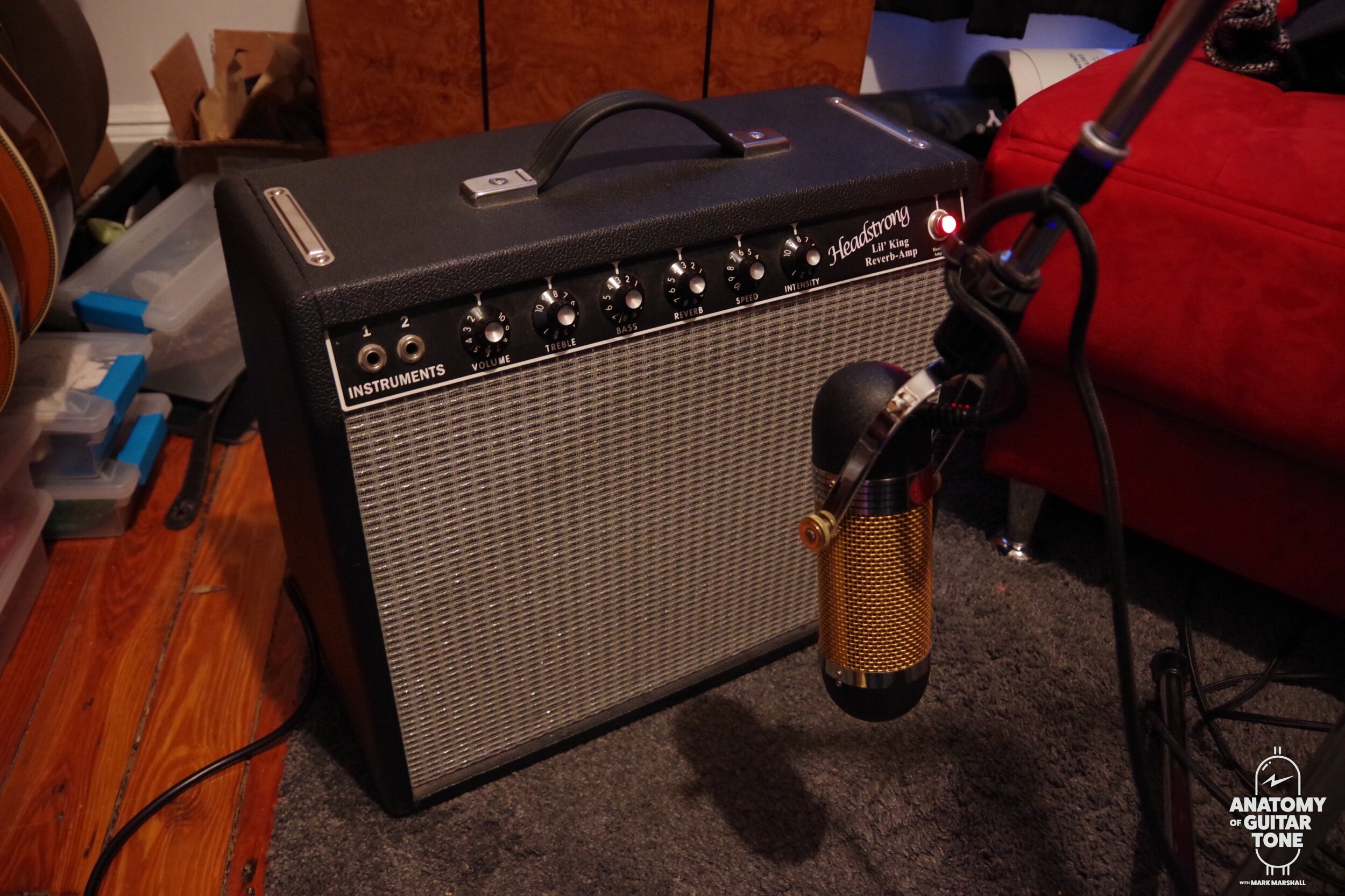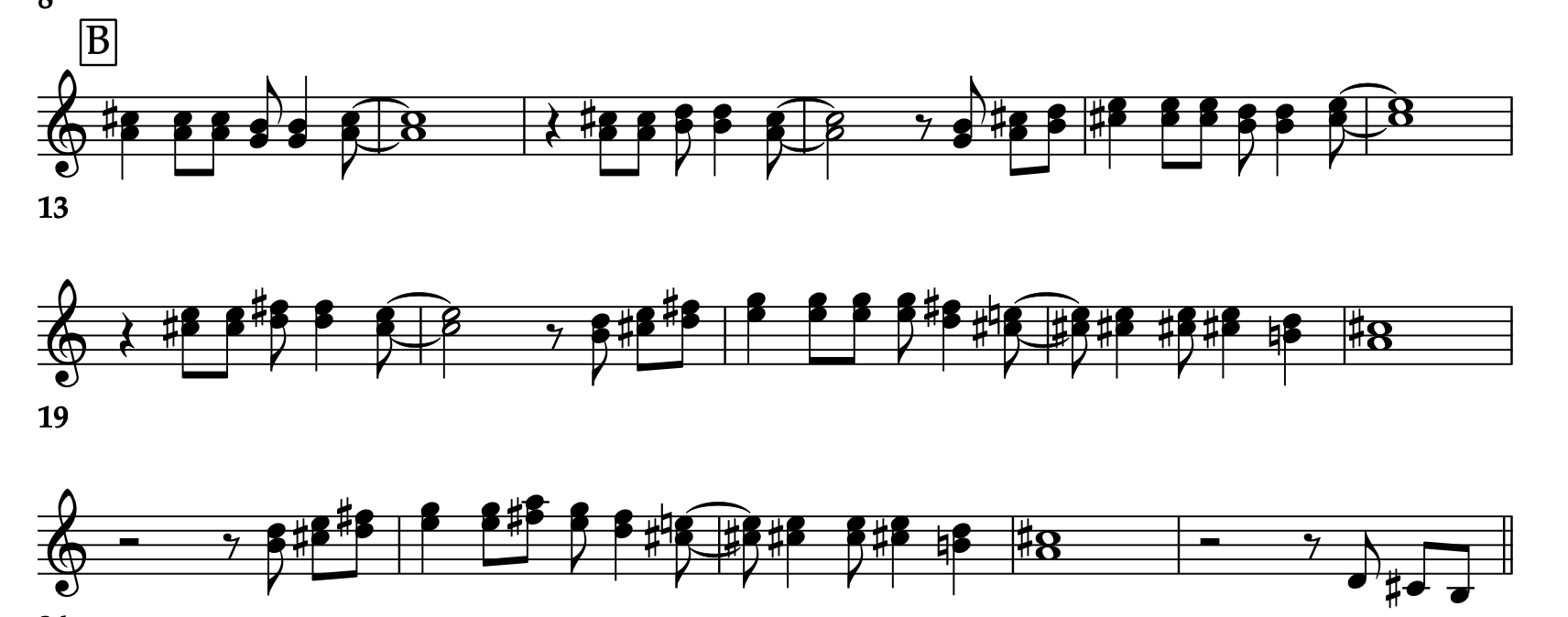Composing Surf Music: The Seminal Wave
I'm a big fan of the surf genre, which had a short life in the late 1950a to early 1960s. The sound is fun but melancholy, fast but moody.
The early days of surf music were an underground movement. Long before The Beach Boys took over with their polished looks, real edgy characters like Link Wray and Dick Dale built the scene.
I'm a big punk fan, and bands like the Dead Kennedys led me back to discover many original surf bands, such as the Shadows.
I composed a lot of surf music for my Mark Marshall's Future Relics project. The concept is as soon as something is created (which is the future), it becomes the past. So in this project, I time travel to different eras to explore sonically the future of the time.
Definitions
There are some defining characteristics of surf music. The one that gets talked about the most is the guitar tone. Electric guitar and spring reverb are most associated with the surf genre.
At this time, they would have been using Brown panel or Tweed Fender amps and the outboard Fender tube reverb. Although, it's also worth mentioning that not all surf songs have reverb.
Some had slap back delay. And in the case of some of the Shadows recordings, Hank Marvin used a Binson Echorec.
For the song "The Seminal Wave" I used a Headstrong Lil King and a Surfy Bear Metal spring reverb to get the surf tone. The Purple Audio MC77 compressor should also be mentioned because it added a very specific flavor to the tone.
The guitar was an early 90s Fender Stratocaster with FSC '59 pickups. I miked the amp with an AEA R84A Ribbon.
The bass guitar was split between an Ampeg V4b tube bass head run into a Universal Audio Ox. The split was sent to an API 312 preamp and the Purple Audio MC77 compressor. I blended these two signals. I also played the bass with a heavy pick.
A lot of surf organs were either a Vox Continental or a Farfisa. Others were used, but those two were the most common. Likely in part to their portability.
I decided to use a Mellotron with Optigon sounds. I like the quirky retro-worn sounds of the Optigon sounds. The Optigon sounds are available through expansion cards for the Mellotron M4000D.
Much of the instruments, including the bongos, were recorded using traditional methods for the era, except the drums. The space I've been recording drums in has been set up for more modern drum sounds, so I just rolled with it. Typically, I consider a mono overhead and drum tuning changes in this situation.
But the drums sounded good, so a little modern flair wouldn't be bad.
Composing
My first idea for this song was to have a static verse and a B section with a busier melody. The A section is based on an A Mixolydian chord cycle. This is a chord cycle that those of you into the jam band scene might recognize. There is a breadcrumb trail to surf music in songs like "Fire on the Mountain" by the Grateful Dead.
The B section moves to A majors relative minor F# minor. Some modal interchange is happening, meaning I'm occasionally using chords outside the key of F#. We can spot a B major, D Major, and G# major, which add a splash of cold water to keep things lively.
You can find a lot of examples of modal interchange in surf music where a chord is temporally borrowed from another mode. There is also chromatic chord movement that happens in surf music too.
The Bridge
There is yet another key change in the Bridge of the song. I did this to keep the composition from feeling too static. Sometimes you want a composition to feel static and live in a world. I didn't feel that oil in the "Sentinel Wave," though.
The Bridge moves to the key of D major with an ii V cadence. At the beginning of the Bridge, we see a familiar chord cycle. The I bVII Mixolydian progression is back but modulated briefly.
Then I move to the IV chord of D major in bar 53. Bar 54 may confuse some with the Eb. It is a chord substitution. Eb major shares a common note with G major. Both chords have a G note present, making them candidates for a substitution.
The move from the Eb major chord to an A major chord (a tritone) is a little blunt, but that was the point. This is another move you can find in some surf tunes, which you can also find remnants in songs by Nirvana.
Next, you will find me moving chords down by full steps till I reach F from which I will travel to Bb (the bV substitution of E, the V chord of A) to resolve to the home key of A Mixolydian.
The Bridge was a journey from the key of D to the key of A.
Melodies
If you listen and look at the melodies in this song, you will notice I'm leaning on chord tones as starting points and points of resolution. I'm using nonchord tones, but they are in passing, not as a starting or ending point.
Understanding how to use scales is often one of the most difficult skills students experience. Yet, for whatever reason, in a lot of music education, not enough stress is put upon how to use scales, Rather just their use as a tool to build up physical flexibility.
Harmonize
At some points in "The Sentinel Wave," I harmonized my guitar melody line. At different points, I used three different choices for harmonization.
Harmonized in 3rds
The verses use to harmonize the melody (top note), meaning I'm playing diatonic thirds below the melody note.
The chorus uses 6ths diatonic to whatever chord they're playing over. Meaning is there is a B major chord, the melody note is harmonized in 6ths using the B major scale.
Harmonized in 6ths
The Bridge uses 4ths to harmonize the melody note.
Harmonized in 4ths
Harmonization can be a tricky thing and is a deep dive. There are many ways you can harmonize. And you may switch through various methods of harmonization within the same composition.
I like to use Sibelius to work out my harmonies. This allows me to think in harmony and not be trapped in the limitations of any instrument.
For instance, if you're just working out harmonies on guitar, you might skip a harmony that could be cool because it takes work to play. For instance, guitarists use tone clusters sparingly (stacked 2nds) due to their difficulty in playability.
Organ melody harmonized
Mock Up
It's worth noting that I scored the whole composition in Sibelius before I even recorded it. The reason I did this was so I could have a full overview of what was happening in the composition.
The bass line was composed as I had intended to double the part with an organ bass. But, when recording, I decided I Dion't want that texture because I was pleased with the bass tone.
Scoring in Sibelius allowed me to see all the harmony in the composition. I could see how the bass was interacting with the organ and the guitar. I could think clearly about intros and section transitions.
This way, I didn't get backed into a corner when recording. I've been on many sessions and have been guilty of starting a song in a DAW and ending up at the wrong tempo. Or wishing section transitions could be different.
Using Sibelius as a pre-production tool allows me to not get stuck in these situations. I make sure all my transitions work. I can make sure there are no hidden dissonances in any harmonies that I don't want. You would be surprised about how unfavorable dissonance may appear in your composition, and you don't know. You may feel something is wrong but can't put your finger on it. Seeing it, as well as hearing it, allows me to clarify.
Theory
I was aware of music theory when writing this composition, but I wasn't using it as a starting point. I came up with the A section progression and melody and the basic outline for the B section progression and melody. I used theory to help me transition and move through the Bridge to get back to the tonic key. And I used theory to help me decide on harmonies if a part wasn't working, meaning I reached into my bag of tricks.
The theory is great for helping you stitch pieces together or solve something that isn't working.
I always start with an organic idea, although I may be experimenting with different modes or scales. I let the creative process flow through, and then after I have a sketch, I start refining and using any theory I need to.
The song is about overcoming an intimidating task; in this case, a surfer rides the biggest wave they've ever seen. Abby Ahmad added some ad-lib vocal effects to highlight the humor in this scenario. On early Dick Dale recordings and others, you can find vocalizations that aren't lyrical. I wanted that effect in this playful composition. '
The ending vocal was inspired by an episode of the Twilight Zone is called "The Obsolete Man," which has maybe one of my favorite Rod Serling monologues. The "Sentinal Wave," isn't quite as dark as in the Twilight Zone, but that reference was in my mind as a sound effect.
Let’s listen to the song! All music composed and performed by Mark Marshall




















